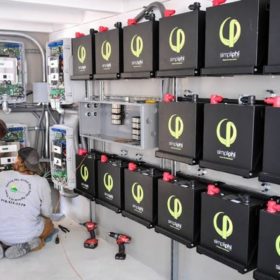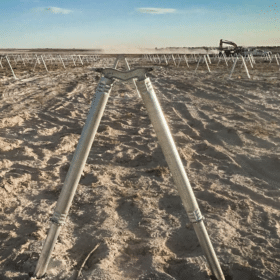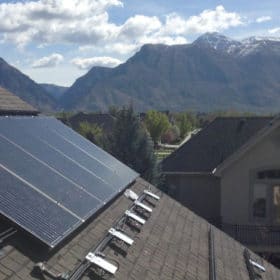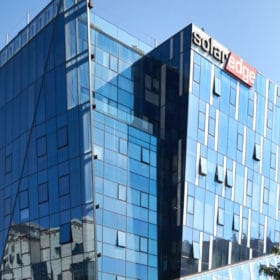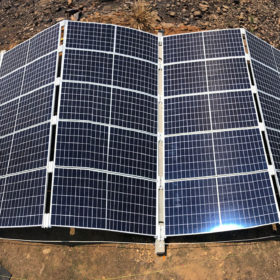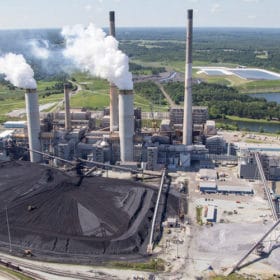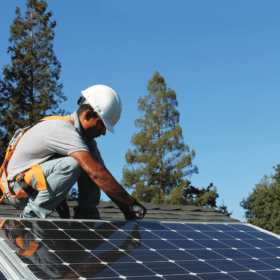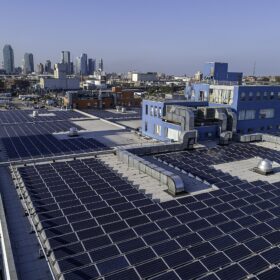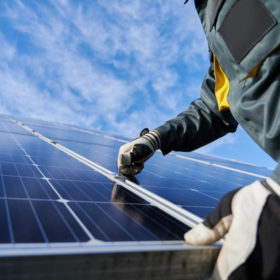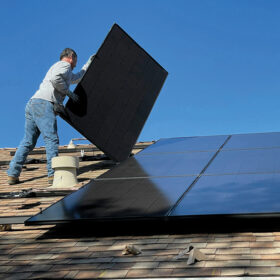Nextracker inks 1 GW supply deal and claims up to 12% bifacial yield gain
The 1 GW fifth phase of the Mohammed bin Rashid Al Maktoum Solar Park in Dubai will feature NX Horizon trackers with the deal announced after the manufacturer published new bifacial yield gain claims.
SimpliPhi predicts a cobalt-free battery takeover sooner than anyone expects
pv magazine spoke with SimpliPhi CEO Catherine Von Burg to discuss why she believes lithium-iron-phosphate is the chemistry of the near future.
Zep founder Jack West returns with ‘the future of solar foundations’
In their first interview with the press, Ojjo CEO Helena Kimball and CTO Jack West talk about the “scaling moment” for utility-scale solar and the drive to innovate.
Enphase Q2 microinverter revenue down but notes a ‘rebound in customer demand’
Coming off of a strong, profitable first quarter, Enphase is seeing the Q2 results of Covid-19 in compressed revenue and a swing to a quarterly loss. Gross margin remains strong.
SolarEdge stock jumps on Q2 revenue beat and solid earnings — despite Covid-19
SolarEdge was able to keep its streak of profitable quarters going — in what was expected to be a hard-hit quarter for solar. The company sees “signs of recovery in the U.S.”
AES invests $8.6 million in startup to develop pre-fab solar arrays
AES, one of the world’s largest power companies, has made a strategic investment in Sydney-based pre-fabricated solar array manufacturer 5B to meet the growing needs of its customers for solar.
Morning Brief: Duke alleged to violate state law by building gas capacity without approval
Also in the brief: General Electric is selling its investment in 11 of its startups to 40 North Ventures, power lines are key to New Mexico becoming a renewable leader.
Despite revenue growth, Quick Mount PV to let 40 employees go and shutter California manufacturing
Despite strong revenue growth in the U.S., the racking company is abandoning its U.S. manufacturing (and rhetoric) to “create a globally diversified supply chain.” Quick Mount was acquired by Netherlands-based Esdec last year in a roll-up of U.S. racking companies.
Amber Solutions is betting big on small tech
In pursuit of “disrupting the global electrical and powered products industries” Amber Solutions has developed a solid-state AC/DC enabler, as well as an AC switch, which the company claims allows for greater reliability and control than anything like it before.
Job Moves: Lior Handelsman leaves SolarEdge, plus Form Energy, Generate, Omnidian, FirstLight, MP2, Jurchen
Executive, career and boardroom moves in solar, storage, cleantech, utilities and energy VC.
